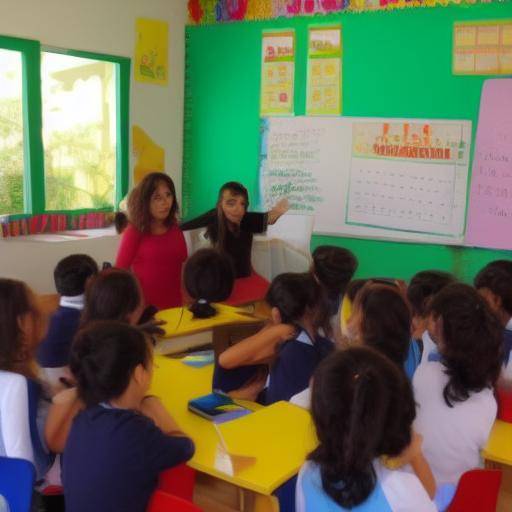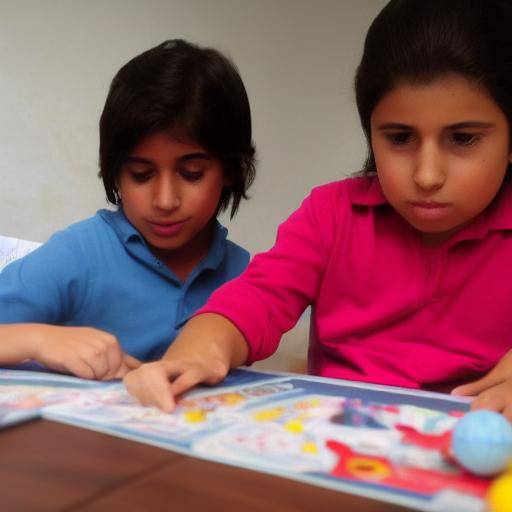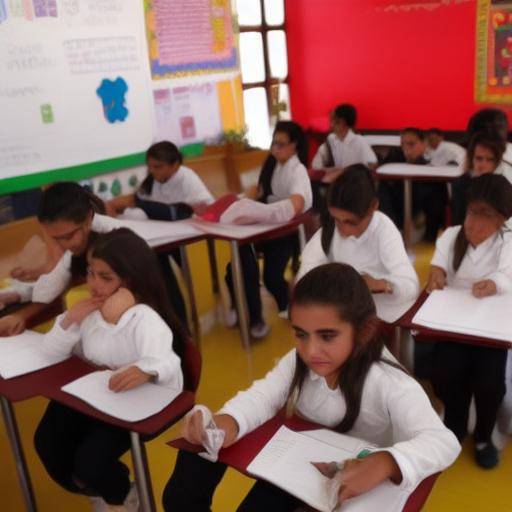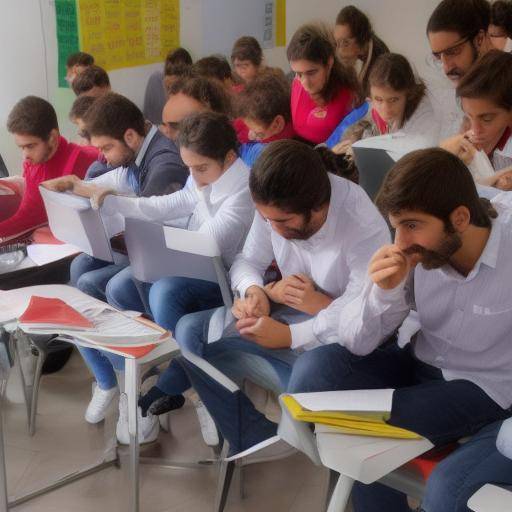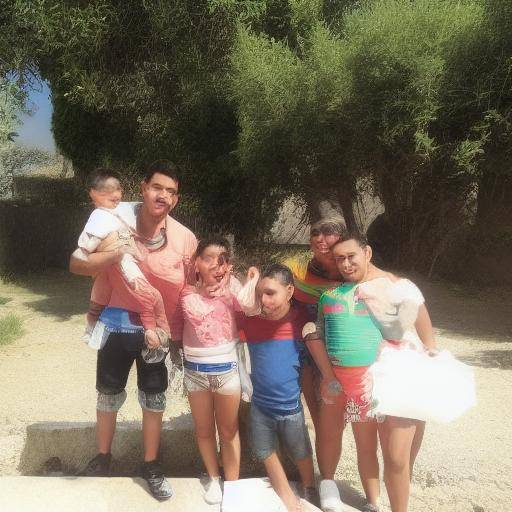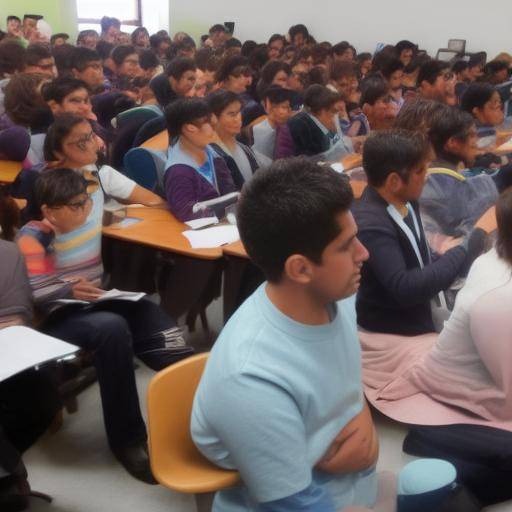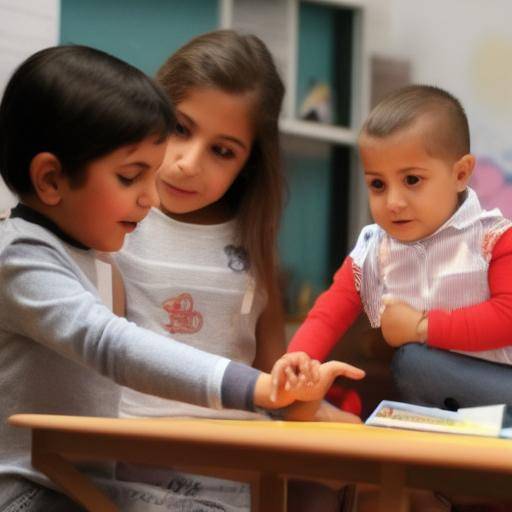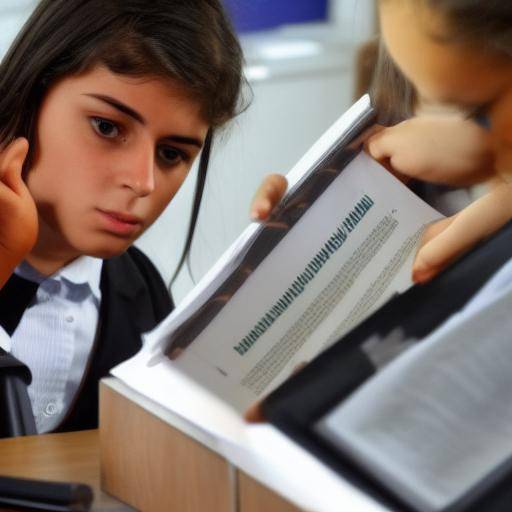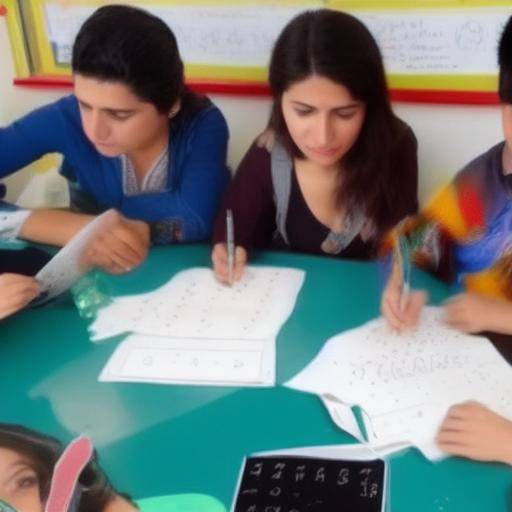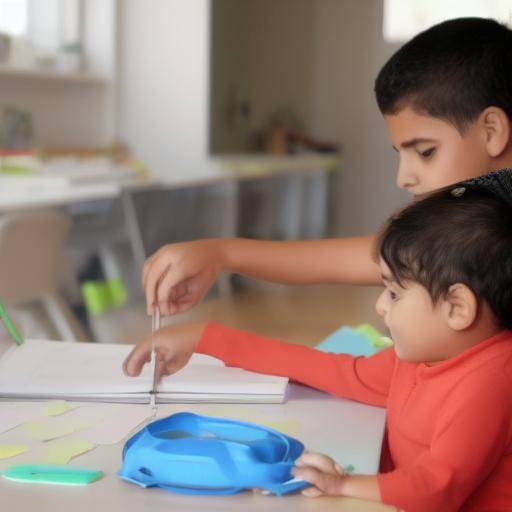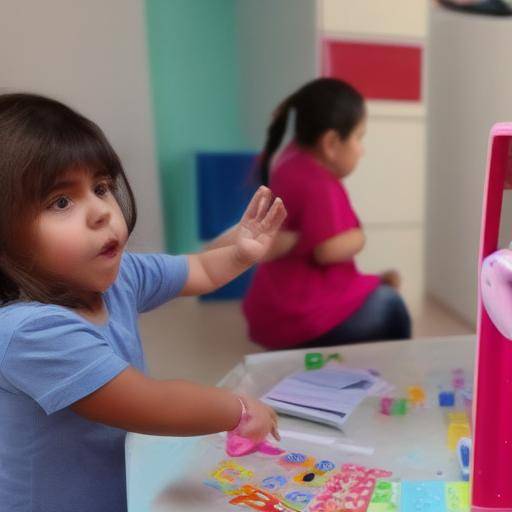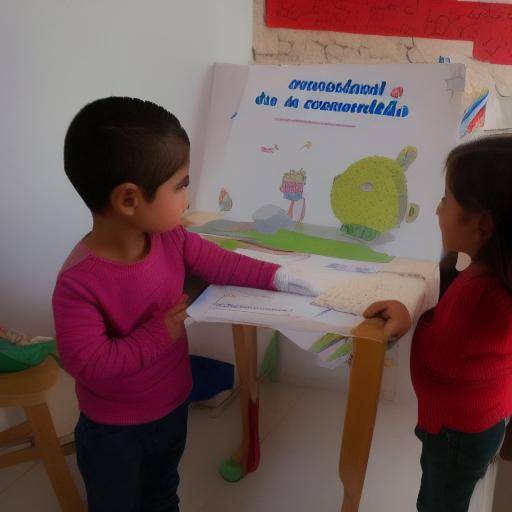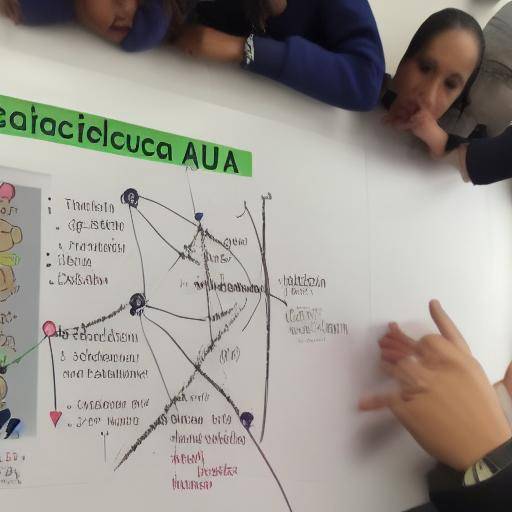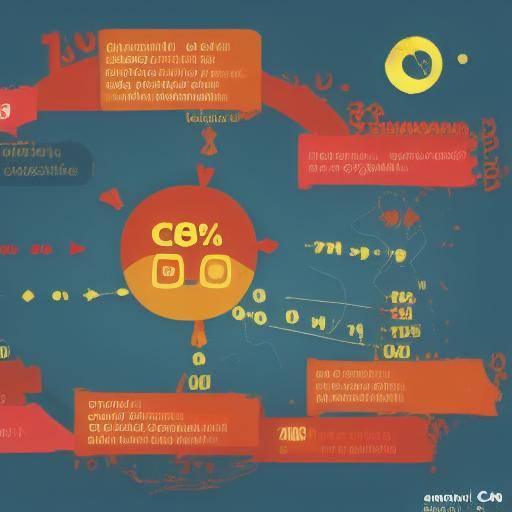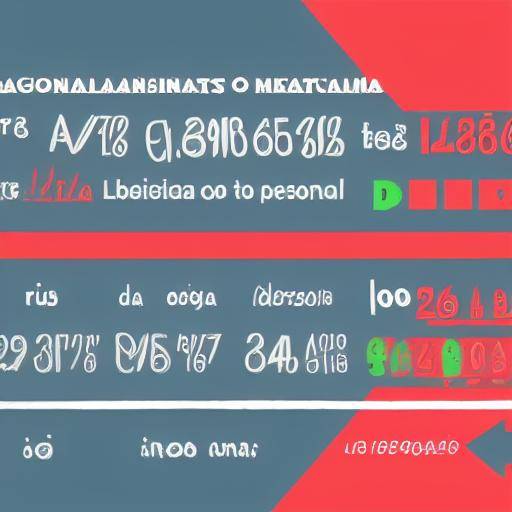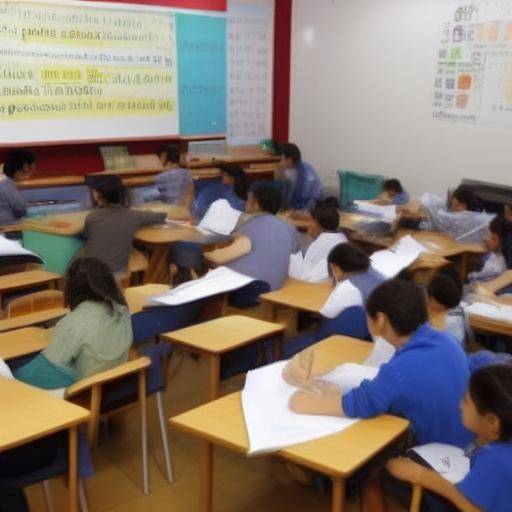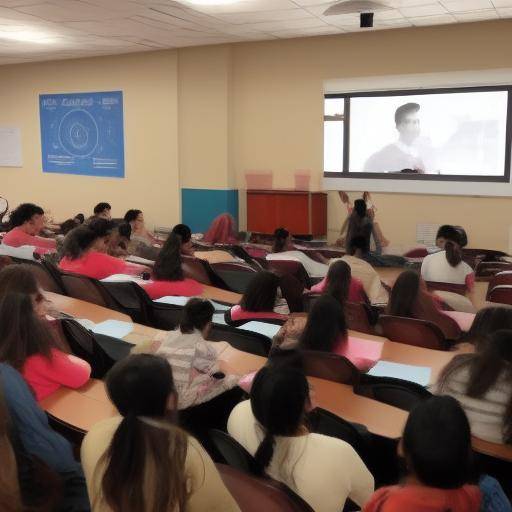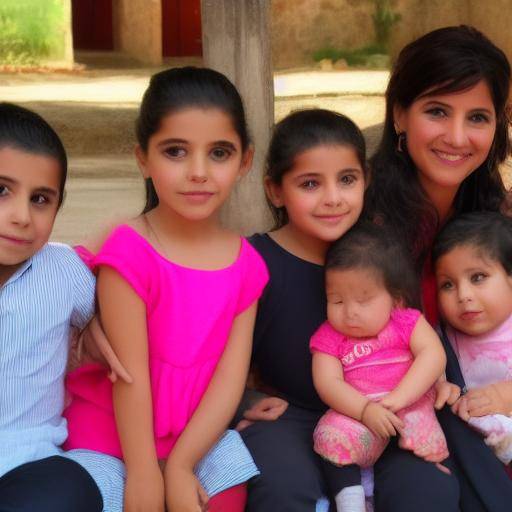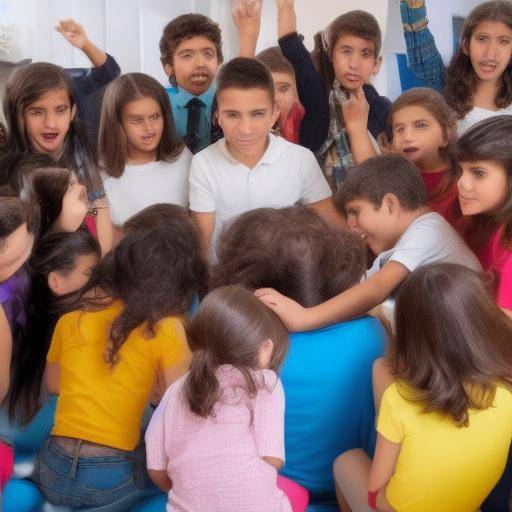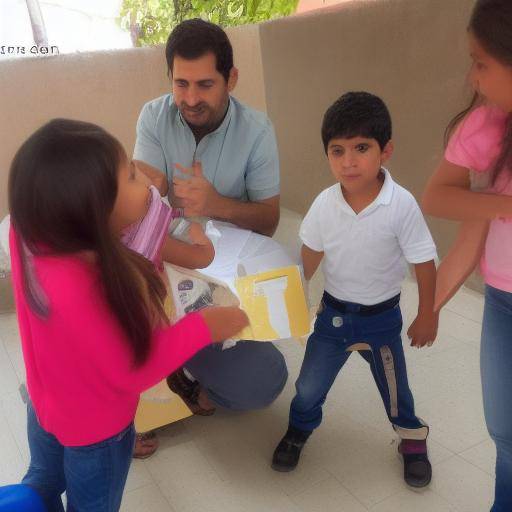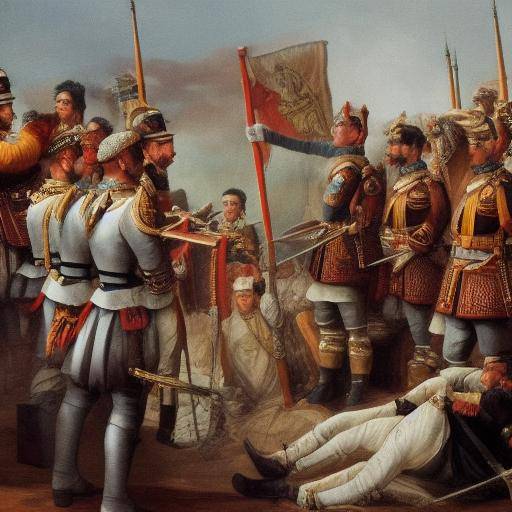
Respect is a fundamental value in all societies. Teaching respect is not only a moral practice, but it is essential to foster harmony and cooperation in any environment. An effective way of teaching respect is through historical examples, as these events highlight the importance of respect in different contexts and offer valuable lessons that persist in time. In this article, we will explore how to teach respect through historical examples and the relevance of this approach to education.
Introduction
Teaching respect through historical examples is a powerful strategy that allows people to understand the importance of respect in concrete contexts. By highlighting significant moments in history in which respect played a crucial role, we can convey profound and lasting lessons on the assessment of diversity, empathy and ethics.
In this article, we will explore historical examples that have shaped the understanding of respect and inspired significant changes in society. We will also discuss how these examples can be applied in education and in everyday life to foster a culture of mutual respect and understanding.
History and Background
The concept of respect has been fundamental in all societies throughout history. From ancient civilizations to contemporary social movements, respect has played a crucial role in the evolution of human relations and the development of communities.
Antiquity
In ancient times, civilizations such as Greek and Roman valued respect as a fundamental virtue. For example, in classical Greece, the notion of respect was closely linked to the notion of harmony and balance in society. The Greek philosophers, such as Socrates, Plato and Aristotle, discussed extensively the importance of mutual respect in building a just and functional society.
In ancient Rome, the concept of respect was linked to the notion of pietes, which involved recognition and respect for obligations and responsibilities towards the gods, the family and society. This idea of respect was also reflected in the hierarchical structure of Roman society, where respect for the authorities and the elderly was fundamental.
Social movements
During the social movements of the twentieth century, respect played a crucial role in the struggle for equality and civil rights. For example, the U.S. civil rights movement, led by leaders such as Martin Luther King Jr., highlighted the importance of mutual respect and non-violence as fundamental principles for achieving social change.
Analysis in Deep
Respect, throughout history, has proven to be a transformative force capable of generating significant changes in society. However, teaching respect through historical examples not only involves looking back, but also understanding how such examples can be applied in education and everyday life.
An effective way of teaching respect through historical examples is to provide students with a deep understanding of the contexts in which respect was expressed. For example, when studying the civil rights movement in the United States, students can not only learn about the struggles and achievements of the time, but also reflect on how these lessons apply to their current context.
By using historical examples, educators can foster empathy and emotional understanding in students, as they give them the opportunity to connect with other people's experiences and understand the challenges they faced. This not only promotes respect for those who fought for justice and equity, but also promotes critical reflection and social awareness.
Comprehensive review
The application of historical examples in the teaching of respect also allows students to undertake a thorough examination of the implications and values associated with respect. By exploring specific cases where respect played a significant role, students can analyze the consequences of disrespect, as well as the benefits of embracing diversity and tolerance.
In addition, this comprehensive approach to respect brings value to education by providing a solid basis for the development of interpersonal skills, critical thinking and conflict resolution. By understanding how respect has contributed to progress and social cohesion in the past, students are better equipped to face contemporary challenges and contribute positively to their communities.
Comparative analysis
A key aspect of teaching respect through historical examples is the comparative analysis between different contexts and historical moments. By comparing and contrasting how respect manifested in various situations, students can appreciate the diversity of perspectives and understand that respect is a universal value that transcends cultural and temporal barriers.
By exploring historical examples from different parts of the world, students can also develop a wider understanding of the complexity of respect and the importance of adapting to different social and cultural realities. This comparative approach strengthens the ability of students to interact with people of different backgrounds and assume leadership roles in promoting an environment of mutual respect and understanding.
Practical Tips and Accessible Tips
In considering the integration of historical examples in the teaching of respect, it is essential to provide practical advice and actions to apply these lessons in everyday life. Some strategies include:
- Promote empathy through reflective discussions on historical examples.
- Develop educational projects that address issues of respect and social justice.
- Support participation in community initiatives that promote respect and inclusion.
Industry Insights and Expert Reviews
Within the educational sphere, many experts advocate the use of historical examples as a powerful tool to teach respect. According to the pedagogue María López, "Historical examples allow students to grasp the relevance of respect in a tangible and meaningful way. These lessons are not only applied in the classroom, but also shape the way in which young people perceive and address the challenges of today's society."
In addition, the leaders of opinion in education emphasize the importance of integrating the teaching of respect through historical examples in the curricula, as it contributes not only to academic development, but also to the personal and social growth of the students.
Case Studies and Real Life Applications
Case studies are a valuable tool to illustrate how historical examples can influence everyday life. For example, when analyzing the civil rights movement in the United States, students can identify parallels with contemporary situations and reflect on how to apply the principles of respect and justice in their school, family and community environment.
In addition, presenting examples of historical leaders and figures who embodied respect and tolerance offers models to follow to inspire students to exercise positive leadership and to contribute to building a more equitable and respectful society.
Future Trends and Predictions
The use of historical examples to teach respect is aligned with current educational trends that emphasize experiential learning and the development of socio-emotional skills. In the future, this educational approach is expected to continue to gain relevance as educational institutions seek to promote greater intercultural awareness, empathy and civic engagement among students.
In addition, the use of emerging technologies, such as virtual reality and gamification, could offer new opportunities to immerse students in historical experiences that highlight the importance of respect in specific situations, thus enriching their understanding and active participation in promoting respect and tolerance.
Conclusions
Teaching respect through historical examples not only provides a solid basis for understanding the importance of respect in society, but also fosters the development of vital skills for coexistence and leadership. By connecting lessons from the past with contemporary challenges, the commitment of new generations to values of respect, equity and justice is strengthened.
Ultimately, the integration of historical examples in the teaching of respect offers a unique opportunity to inspire significant changes and foster a culture of respect and mutual understanding in all spheres of life.
Frequently asked questions
Why is it important to teach respect through historical examples?
The teaching of respect through historical examples provides tangible contexts that enable students to understand the relevance and influence of respect in society, thereby strengthening their commitment to values of respect and justice.
How can educators integrate historical examples into the teaching of respect?
Educators can integrate historical examples in the teaching of respect through the design of interactive activities, reflective discussions and educational projects that link lessons from the past with contemporary challenges.
What is the long-term impact of teaching respect through historical examples?
The approach to teaching respect through historical examples strengthens intercultural awareness, promotes empathy and prepares new generations to address social challenges with an informed perspective on the importance of respect and tolerance.
What role do models play in teaching respect?
The models to follow historical incarnate respect and tolerance provide powerful examples that inspire students to exercise positive leadership and contribute to building a more equitable and respectful society.
How can historical examples apply in everyday life to promote respect?
Historical examples can be applied in everyday life to promote respect through the development of social and emotional skills, participation in community initiatives and the promotion of an inclusive and equitable school environment.
What is the role of empathy in teaching respect through historical examples?
Empathy plays a fundamental role in the teaching of respect through historical examples, as it allows students to connect with other people's experiences and understand the challenges they faced, thereby strengthening their commitment to values of mutual respect and understanding.
Conclusion
Teaching respect through historical examples is a powerful and meaningful strategy that can transform the way in which individuals perceive and practice respect in their lives. By connecting lessons from the past to contemporary challenges, commitment to values of respect, equity and justice is strengthened, and a culture of mutual respect and understanding is fostered in all spheres of life.
^(Words: 1394)


